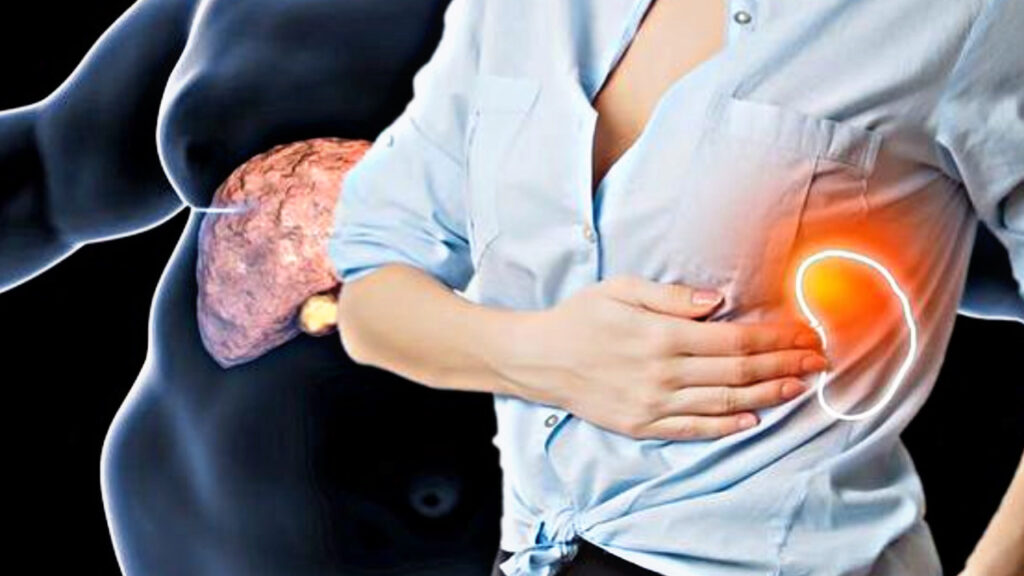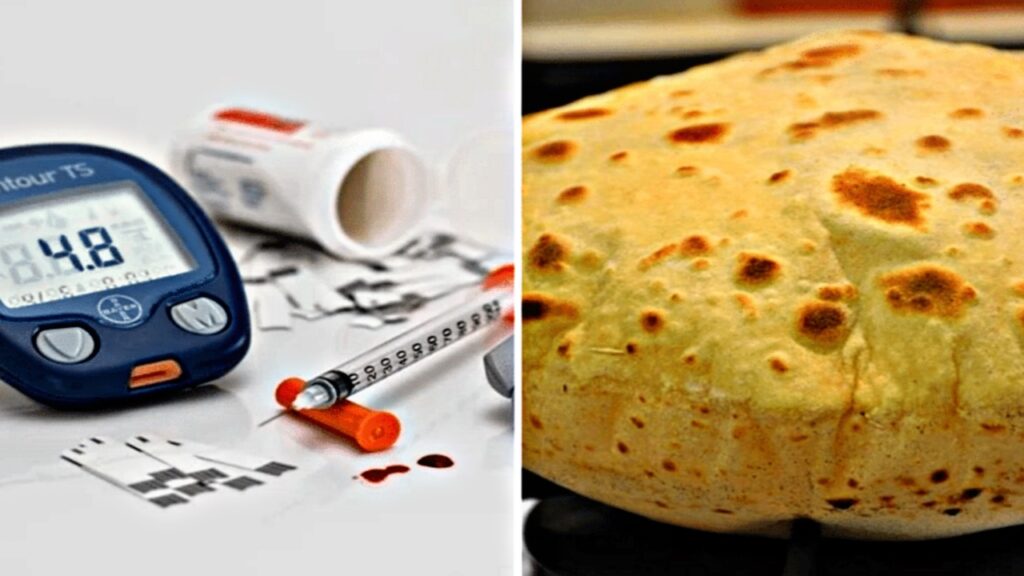Fatty Liver
Fatty liver disease, or hepatic steatosis, occurs when fat accumulates in the liver cells. While the condition is often asymptomatic in its early stages, it can lead to serious complications if left untreated. Understanding the symptoms of fatty liver is crucial for early detection and effective management. In this article, we will explore the common signs of fatty liver and why early intervention is important.
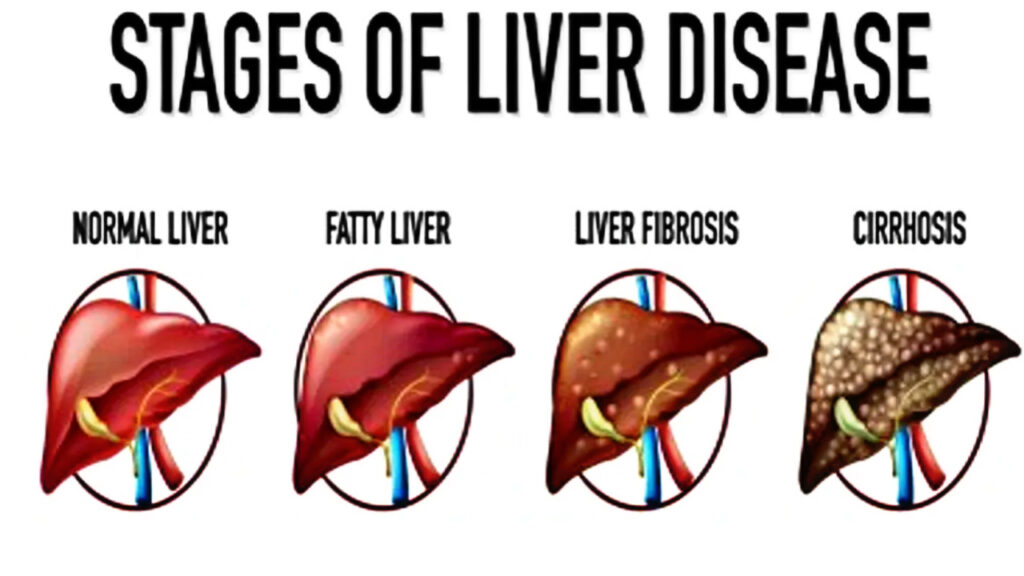
Understanding Fatty Liver Disease
The liver is an essential organ responsible for filtering toxins from the body, producing bile, and regulating metabolism. A certain amount of fat in the liver is normal, but when fat makes up more than 5-10% of the liver’s weight, it becomes problematic. Fatty liver can be classified into two main types:
- Non-Alcoholic Fatty Liver Disease (NAFLD) – This occurs in people who do not drink excessive alcohol and is commonly associated with obesity, diabetes, and poor dietary habits.
- Alcoholic Fatty Liver Disease (AFLD) – This is caused by excessive alcohol consumption and can progress to more severe liver conditions, such as cirrhosis.
Common Symptoms of Fatty Liver
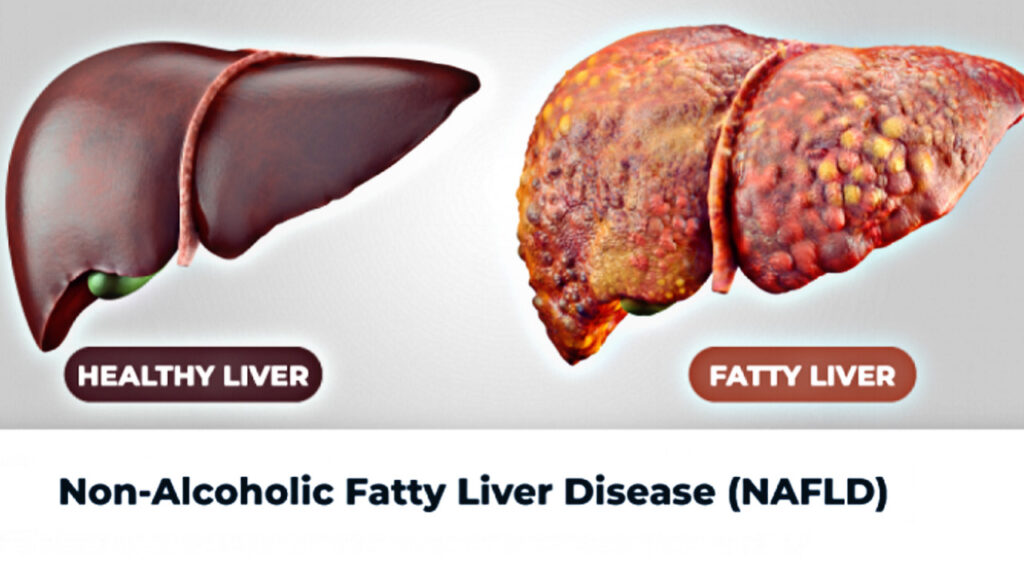
- Fatigue and Weakness
One of the earliest signs of fatty liver disease is persistent fatigue. People with fatty liver often feel unusually tired, even after adequate rest. This fatigue can interfere with daily activities and diminish overall quality of life. - Abdominal Discomfort or Pain
The liver, located in the upper right abdomen, may become enlarged due to fat accumulation. This enlargement can lead to a dull, aching sensation in the upper abdomen, or sometimes a feeling of fullness. While this pain is typically not sharp, it can be uncomfortable. - Unexplained Weight Loss
Although weight gain is often linked to fatty liver due to its association with metabolic disorders, some individuals may experience unexplained weight loss as the disease progresses. This weight loss is generally due to the body’s inability to properly metabolize fats and nutrients. - Jaundice (Yellowing of the Skin and Eyes)
In more advanced stages, fatty liver can cause liver dysfunction, leading to jaundice. This condition is characterized by yellowing of the skin and the whites of the eyes. It occurs when the liver is unable to process bilirubin, a substance that is normally excreted in bile. - Swollen Abdomen or Legs
As fatty liver progresses, it can lead to liver scarring (cirrhosis), which can cause fluid buildup in the abdomen (ascites) or swelling in the legs. This can be a sign that the liver’s ability to function is seriously compromised. - Dark Urine
Dark-colored urine may also indicate liver dysfunction. When the liver is not working properly, it may release excess bilirubin into the bloodstream, which is then excreted through urine, giving it a darker color. - Loss of Appetite
Individuals with fatty liver disease may experience a loss of appetite, which can contribute to unintentional weight loss and malnutrition. The feeling of fullness or discomfort in the abdomen can further suppress the desire to eat.
When to Seek Medical Attention
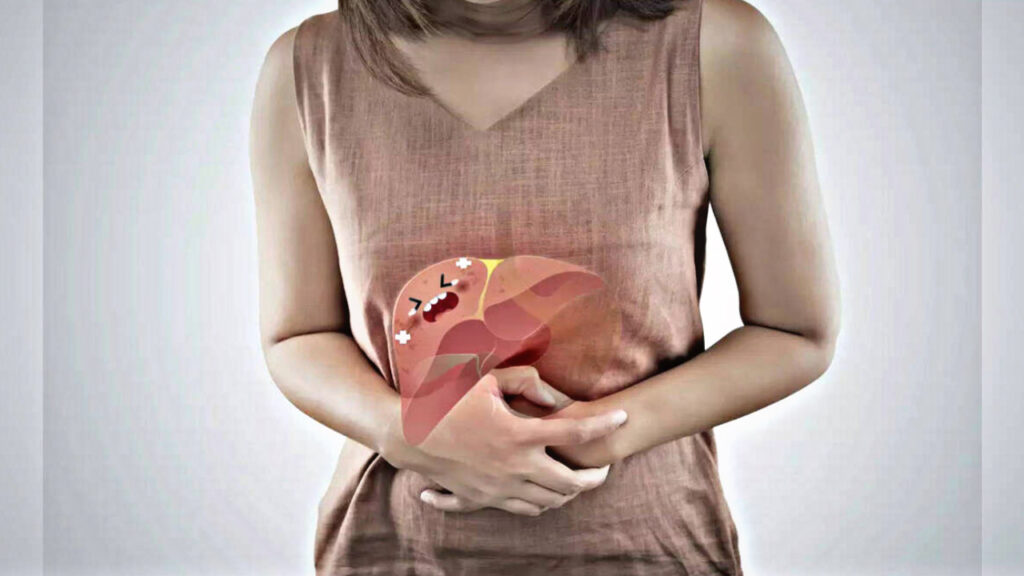
If you experience any of the above symptoms, it’s important to consult a healthcare professional for proper diagnosis and management. Early-stage fatty liver disease is often reversible with lifestyle changes such as weight loss, a healthy diet, and regular exercise. However, if left untreated, it can progress to cirrhosis or liver failure, which are more challenging to manage.
Fatty liver disease can develop silently, but recognizing the symptoms early can lead to better outcomes. Staying aware of potential signs and seeking medical advice is crucial for anyone at risk, especially those with a history of obesity, diabetes, or excessive alcohol consumption. Maintaining a healthy lifestyle and following medical guidance can help prevent the condition from progressing and protect liver health.

